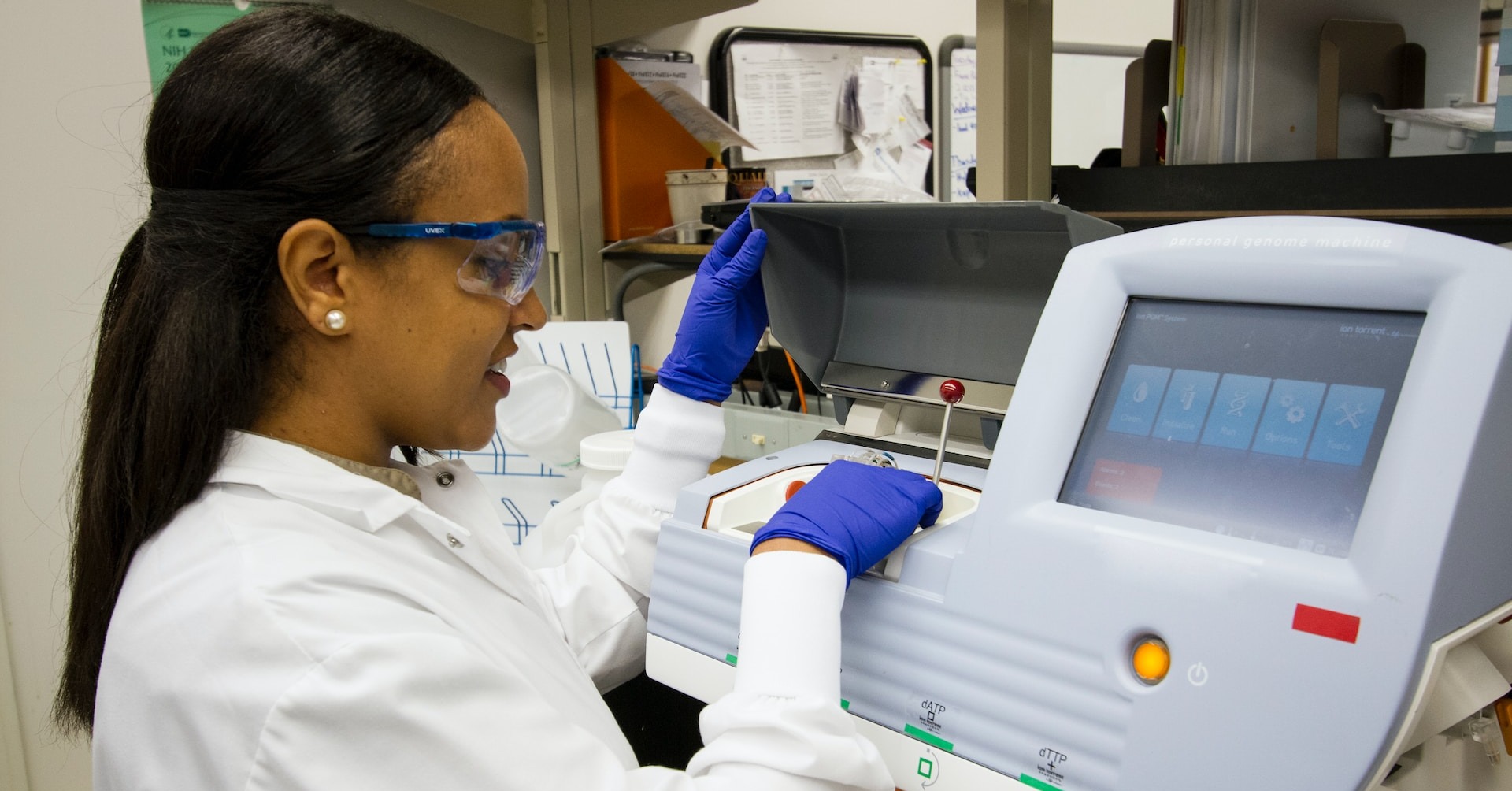
Where Do Epidemiologists Work?
Epidemiologists work in many settings, including hospitals, universities, and federal, [...]

Like all branches of medicine, physical therapy (PT) has grown by leaps and bounds since its origins in ancient Greece. The field of modern physical therapy blossomed in Sweden in the 1800s, extending more broadly around the turn of the 20th century to treat children with disabilities and polio.
In the aftermath of World War I, The American Physical Therapy Association (APTA) formed to professionalize and regulate American practice. APTA’s founders included many “reconstruction aides”—nurses who provided physical therapy to injured soldiers so they could regain mobility and transition back to civilian life.
Today, APTA is the primary organization advancing the physical therapy profession and ensuring the quality of physical therapists’ training and care in the US. Two decades ago, APTA’s Visions 2020 initiative stated the organization’s most current education standards., The documents states that “Physical therapy, by 2020, will be provided by physical therapists who are doctors of physical therapy and who may be board-certified specialists.” This motion established the DPT degree as the qualifying entry-level degree necessary to receive PT licensure.
So, is a doctor of physical therapy a doctor? In this guide, we’ll address some of the major topics and questions about the physical therapy doctoral degree, including topics like:
Due to a commonly held misunderstanding regarding the difference between a physician and a medical professional with a doctorate, you’ll often encounter the question, “Is a doctor of physical therapy a doctor?” A physical therapist earns a DPT instead of an MD. However, this doesn’t mean they aren’t doctors,” nor that they lack the proper training and credentials to practice their medical specialty safely and effectively. Quite the contrary.
In 2011, an article in the New York Times noted that physicians were pushing back against other health care professionals with doctorates who used the term ‘doctor.’ noting they did not undergo the same education and clinical experience as physicians. To address this issue, APTA responded: “In order to provide accurate information to consumers, the association provides clear guidelines for physical therapists regarding the use of the title ‘Doctor.’ The guidelines state that physical therapists, in all clinical settings, who hold a Doctor of Physical Therapy degree (DPT), shall indicate they are physical therapists when using the title ‘Doctor’ or ‘Dr,’ and shall use the titles in accord with jurisdictional law.”
As previously mentioned, with APTA’s new rule now in effect, the only path to becoming a physical therapist is to earn your doctorate, which is required before you’re permitted to take the National Physical Therapy Examination (NPTE) (which all PTs must pass) and then your state licensure exam. Some PTs also choose to be board certified.
The field of physical therapy is expanding rapidly and the pay is quite good, making it one of the best degrees in healthcare. The Bureau of Labor Statistics forecasts that the number of PT jobs will increase 18 percent by 2029—four times the growth rate of the overall job market. As of May 2020, the average salary of a physical therapist was $91,010.
According to APTA, physical therapists are “movement experts” who may choose to focus on specific populations, like children or older adults, or individuals who have a disability, injury, or illness. Overall, their work helps patients “restore functionality by improving movement and increasing motion range in specific body areas,” manage pain, and increase their quality of life.
You’ll find physical therapists practicing in:
According to Indeed, a number of bachelor’s degrees prepare you for the DPT curriculum. These degrees typically help you fulfill prerequisite coursework for your DPT.
The most common/helpful bachelor’s degrees for anyone seeking their DPT include:
The Doctor of Physical Therapy is a comprehensive, hands-on doctoral program required for all practicing PT specialists. It includes clinical practice and rigorous coursework over the course of two or three years.
In addition to coursework, the DPT program provides a comprehensive clinical education. Students study intensively in the classroom but also complete extensive observation and practice hours. Students study musculoskeletal, cardiovascular, pulmonary, and metabolic systems as well as a long list of health science topics.
DPT programs prepare students to pass the National Physical Therapy Exam for licensure after graduation. However, today’s top programs look beyond the basic anatomical and clinical applications of being a physical therapist. Alabama State University‘s program, for example, trains its students to:
DPT coursework covers everything from pediatric to geriatric care in a range of specialties. Students begin with basic science courses and branch out to topics specific to their chosen area. You’ll find classes focusing on:
Generally, on-campus and hybrid PT programs share many components. At the University of Pittsburgh, both programs require a full-time schedule, 106 credits, and 42 weeks of clinical education. Students in a hybrid program gain access to the same courses as those offered in the classroom, but have the choice of completing many of them through either synchronous and asynchronous online learning.
At Pitt, hybrid students travel to the campus two times during each of the first five semesters for lab immersion. This system allows students from outside the Pittsburgh metro area to benefit from the program while still providing the hands-on education essential to a DPT.
Most DPT programs take between two and three years to complete. The last one or two semesters of your coursework include a professional immersion to mirror the experience of working as a PT specialist. The Pitt program, for example, requires students to enroll for seven consecutive terms, the first of which begins in August.
Students are no longer required to hold a master’s degree for consideration in a DPT program.
Typical admissions requirements include:
Physical therapy offers an extensive list of specializations. Graduates can hone in on their medical interests in specific areas, such oncology or neurology, or they may choose to specialize in care for specific populations, like children or older adults.
Below, you’ll find a list of some of the most common career options for physical therapists:
After a major injury or surgery, patients in the hospital need a specialist by their side to regain basic mobility. Acute physical therapists help people in severe conditions restore movement in affected areas of their bodies, transfer within their beds, and prepare for discharge from the hospital.
Damage to the nervous system, such as from a stroke, multiple sclerosis, or a spinal cord injury calls for treatment from a neurological physical therapist. Exercises revolve around the doctor’s understanding of the neurological system and the specific pathways to rehabilitation.
Patients who have experienced damage to their heart and lungs work with cardio and pulmonary physical therapists to restore healthy movement and reduce pain. Common illnesses in this category include asthma, lung cancer, and COPD (chronic obstructive pulmonary disease).
When aging adults lose mobility, balance, and strength, it can lead to injury. The Washington Post reported that older individuals lost a significant range of motion during the COVID-19 pandemic. PT specialists are seeing a greater demand from older patients to regain their physical health and return to their daily routines.
While PT in general increases mobility and pain-reducing activities, occupational therapists help their patients reacquire the skills needed for activities of daily living, such as eating, self-care, and dressing.
These doctors assist patients recovering from cancer and the effects of cancer treatments. Specialists also can provide exercises to keep patients active, calm, and pain-free during a hospital or rehab stay.
As the name suggests, an orthopedist understands limitations to movement related to the bones, tendons, connective tissues, muscles, and joints. Everything from Lyme disease to plantar fasciitis can be treated by this specialist.
In addition to helping young patients with a range of injuries and illnesses, pediatric physical therapy also greatly benefits children with developmental disabilities. The Hospital for Special Surgery explains that PT can help children develop crucial motor skills, achieve mobility around home and school, and address communication disorders (with the assistance of a speech pathologist).
From fitness centers to outpatient rehab programs, sports PT helps athletes regain motion after an injury. PTs also may prescribe specific exercises to help prevent injury or reduce pain.
Individuals and corporations alike may need the services of a physical therapist while they’re on the road during a conference, medical leave, or competition. Travel physical therapists work with a specific group or individual patient for several weeks or months at a time away from home.
Balance disorders—such as vertigo, issues with gait, or inner-ear disorders—significantly affect a person’s ability to safely and comfortably navigate the world. A vestibular rehabilitation physical therapist obtains specific medical training in these balance-related issues to help a patient reacquire the ability to traverse their environment without injury.
These doctors specialize in the unique diseases or injuries more likely to occur in women’s bodies, from musculoskeletal to reproductive health problems. Care may occur postpartum, after cancer treatment, or after a bone density disease diagnosis.
In addition to meeting the high accreditation standards established by The Commission on Accreditation in Physical Therapy Education (CAPTE), the best doctor of physical therapy programs should offer:
In addition, if you’re interested in using your degree to help address barriers to access, many HBCU DPT programs seek to mitigate inequity in physical therapy care, as well as medical field in general, as part of their educational mission.
Questions or feedback? Email editor@noodle.com

Epidemiologists work in many settings, including hospitals, universities, and federal, [...]

In the occupational therapy field, a doctorate can open doors [...]

Genetic counseling is a career that combines science and sensitivity,especially [...]

On average, health services managers earn over $100,00 per year. [...]

Not everyone in a hospital wears scrubs. Some, like hospital [...]
Categorized as: Physical Therapy, Nursing & Healthcare